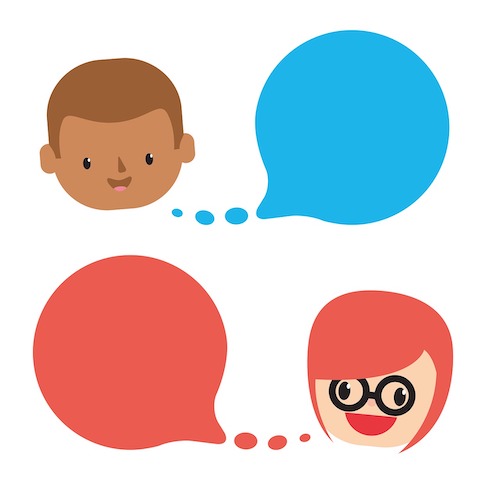Discussing Safety and Podcasting with Youth
With the right education, we can use this cool new thing in this cool new way, without running from it screaming!
Aurelia Torkington in her TEDxYouth Talk on ‘How to be safe online, from a young person.’
Any time that you are getting your students building, creating, and sending their content out into the digisphere, it is important to address online safety with them, not to scare them, but to empower them to make safe choices. AsAurelia Torkington suggests there is a lot of fun and good that can come out of creating and engaging in the digisphere, and that’s certainly the case with podcasting. You don’t want your students to be scared of the digisphere, rather armed with the knowledge to make safe choices for themselves and those whom they interact with when engaging online.
Talk about this with your students. Understanding that podcasts usually are publicly consumable and audio in nature:

- What are their concerns?
- Are there things that they feel personally that they are better not to share?
- Are there things that they are not comfortable in sharing?
- How do they respect the privacy of others in their life while podcasting?
- If creating with a partner or in a group, what are their group members comfortable with, and what would they prefer not to discuss?
As with any online sharing, it is always a good thing to remind your students to avoid sharing any information that could inadvertently lead to a stalker being able to learn their routine or where they live.
Acquire Permission to Share
Many teachers have practices in which they share examples of lessons and activities that include media of students and/or student work on platforms such as classroom social media apps like Twitter and Instagram, as well as classroom blogs. These are wonderful ways to share ideas and experiences with students, parents, and other educators. Of course, parent permission is crucial when including youth in shared media. School divisions have regulations and forms to be completed every school year by parents or guardians of their students to ensure they have permission to share. HERE is an example of Alberta’s FOIP (Freedom of Information and Protection of Privacy) Act, which includes a section about the use of classroom media.
Share Your Approach to Online Safety
Additional Resources: SearchRPM’s Internet Radio Safety Tips for Kids
